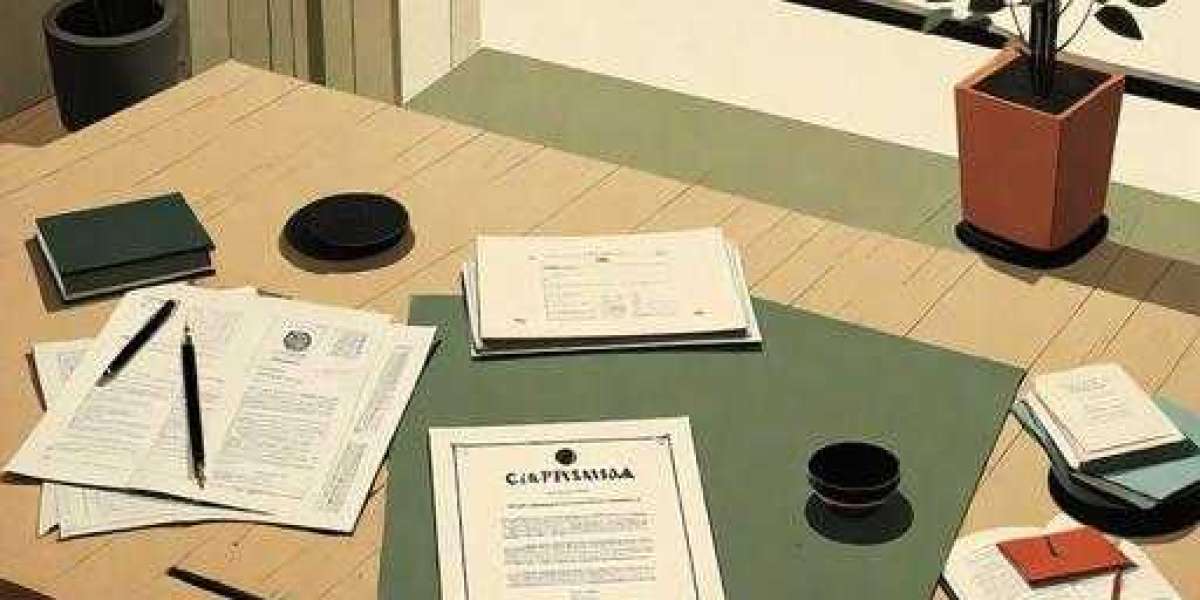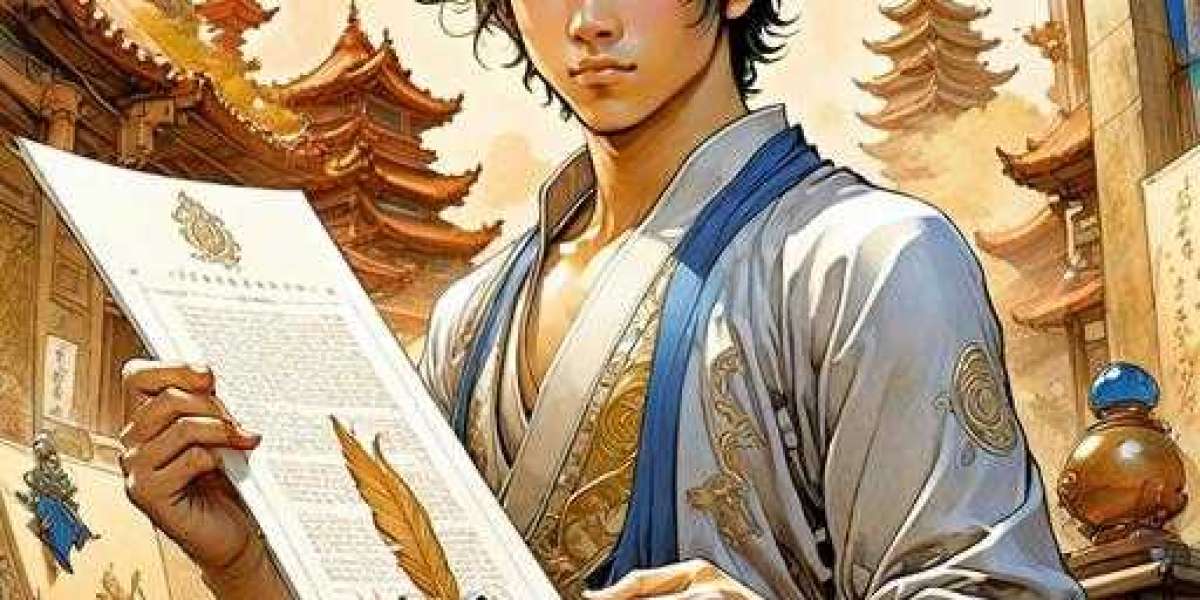This rock rhyme isn’t something you’ll find in just any oolong. It’s a cool, almost electric sensation that lingers after each sip—a mouthfeel that balances the tea’s natural sweetness and roasted complexity. Combined with the region’s seasonal climate, this terroir ensures that every harvest brings a tea with deep personality and subtle nuance.
The Craft of Processing: Where Skill Meets Tradition
Producing Da Hong Pao is an art form requiring knowledge passed down over generations. After harvesting, the leaves are withered under the sun, shaken to initiate oxidation, rolled to shape, and carefully roasted over charcoal for hours—sometimes even days. The roasting process is what gives the tea its signature warmth and brings out its layers of flavor.
Skilled tea masters know exactly when to stop oxidation and how to balance the roast to maintain the tea’s floral brightness while enhancing its earthy depth. The result is a complex cup with notes of roasted nuts, dark chocolate, dried stone fruit, hints of orchid, and a mellow, lingering finish. When prepared correctly, Da Hong Pao unfolds over multiple infusions, each one offering a slightly different profile.
How to Brew and Enjoy
Da Hong Pao is best appreciated using the gong fu cha method, which involves short, multiple infusions in a small teapot or gaiwan. This style allows you to experience the evolution of the tea as it reveals new layers with each steep. The first few infusions often bring out roasted and mineral notes; mid-steeps highlight fruit and floral elements; later rounds soften into gentle sweetness and calming energy.
Water temperature is critical—typically around 95–100°C (203–212°F)—and the first rinse is often discarded to awaken the leaves. The ideal ratio is about 5–7g of tea per 100–120ml of water. Unlike many teas that fade after one or two brews, high-quality Da Hong Pao can yield 6–10 beautiful infusions.
More Than a Tea—A Cultural Treasure
Da Hong Pao isn’t just consumed—it’s admired, gifted, and celebrated. In Chinese culture, it symbolizes respect, health, and heritage. It is a tea offered to important guests and during meaningful ceremonies. The tea’s history has earned it the nickname “the king of tea” and even auctioned grams of it have fetched prices higher than gold.
Its cultural value has led to national preservation efforts. The Chinese government strictly regulates what can be labeled as authentic Da Hong Pao. The highest-grade versions are often given as diplomatic gifts, and tea connoisseurs across the globe seek it not only for its flavor but for its connection to tradition.
Modern Access to Ancient Excellence
In the past, tasting authentic Da Hong Pao meant traveling to Fujian or knowing a tea master. Today, carefully sourced and expertly roasted Da Hong Pao is more accessible—though still rare—thanks to trusted specialty tea vendors. This makes it possible for modern tea drinkers to participate in a tradition that was once limited to nobles and scholars.
One such source is TeaYuCafe, which offers genuine Da Hong Pao oolong tea directly from the Wuyi region. Their commitment to authenticity and quality ensures that every batch reflects the traditional roasting, skilled cultivation, and natural richness that make Da Hong Pao so cherished.








